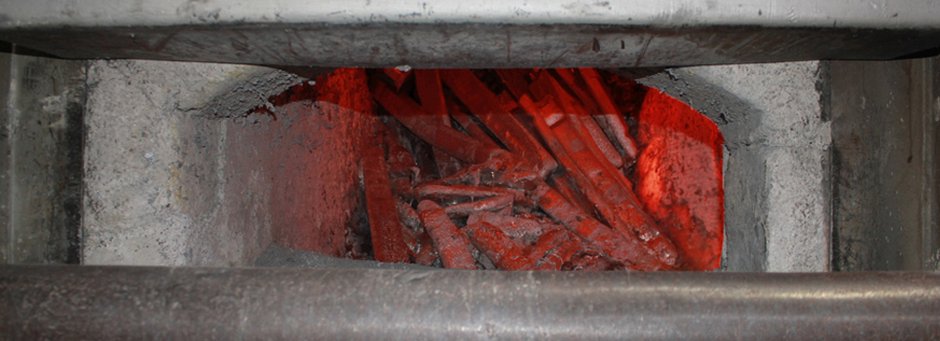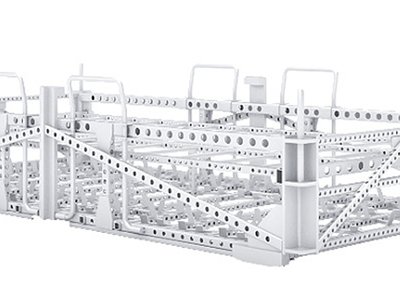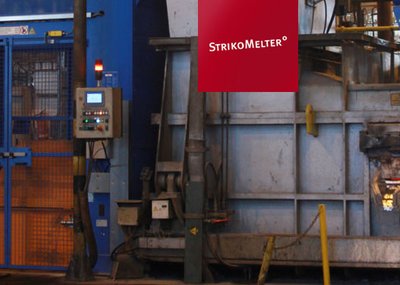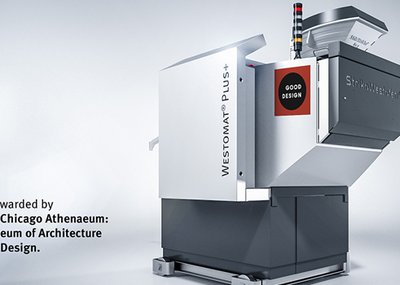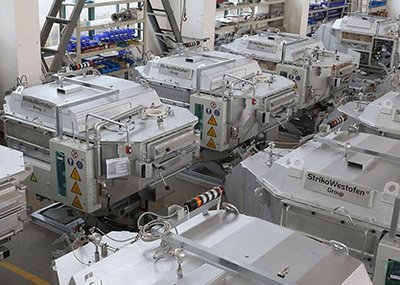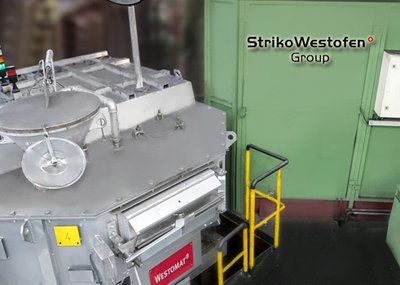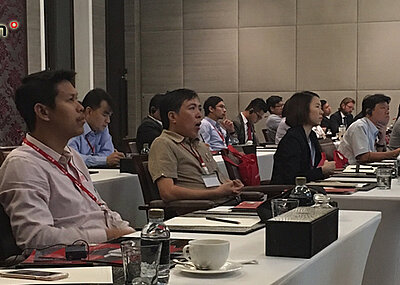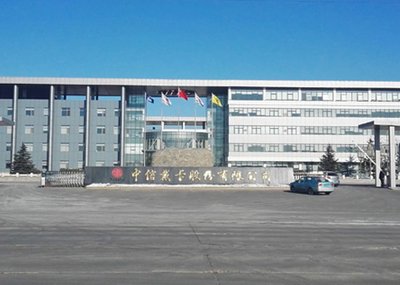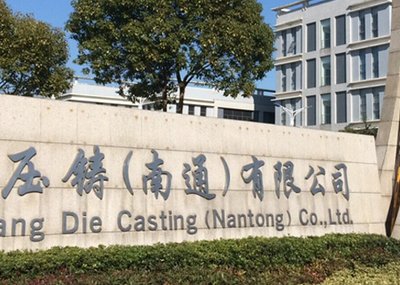Melting aggregate still tip-top after 20 years
In 1995, the pressure die-casting foundry Moneva in Winterbach in Swabia commissioned a StrikoMelter shaft melting furnace MH II-T 2000/1000 G-eg. 20 years on, the aluminium melting furnace is still working to the full satisfaction of the company. There are no plans afoot to replace this “workhorse”.
The medium-sized Moneva company places great emphasis on maintenance and systematic operation of the furnace. This definitely pays off: many parts of the lining actually date from the year 1995. Essentially, only a few small damaged areas were repaired. “Complete relining of the furnace has never been necessary up to now. This applies for the melting chamber, and it is especially true for the holding chamber of the furnace. We want it to stay that way too,” explains Thilo Fezer, foundry manager at Moneva and the person responsible for investments. Klaus Pink, master of the melt shop for over 20 years now, makes sure it stays that way. He has all functions and components of the furnace completely under control. The furnace is loaded with ingots and returns in a sequence which allows efficient melting while treating the lining of the furnace with care. Drossing flux is used sparingly during furnace cleaning and the dross is removed from the walls. This prevents the melt from chemically attacking the lining. As a result, it is enough to even out the wearing surfaces with repair compound once a year. “Two working days have to suffice for this,” Klaus Pink explains. Then, after completion of the heating-up process, the furnace is available for production again.
Performance test: Melting performance even exceeded
In order to acquire a complete picture of the furnace and test it for correct functioning, the builder of the furnace, StrikoWestofen (Gummersbach) was asked to carry out a performance test in June 2015. The results were impressive: in the performance test, the nominal melting performance of 1000 kg per hour was even exceeded noticeably. The energy consumption corresponded with the guaranteed value given in 1995. “With their new technologies and furnace equipment, in fact, our current models have an energy consumption which is another 10 to 20 percent below our 1995 figure,” says Rudolf Hillen from the development department of StrikoWestofen. The pressure die-caster is still not thinking of replacing his melting aggregate, though. The only thing to have suffered slight damage in the last 20 years is the furnace hood, so a complete overhaul of that would be worthwhile. This would be a relatively small investment, however.
Partner
Foundry Corporate News
Topic Pressure Die Casting
StrikoWestofen - Good technology and good care
Reading time: min
[2]

